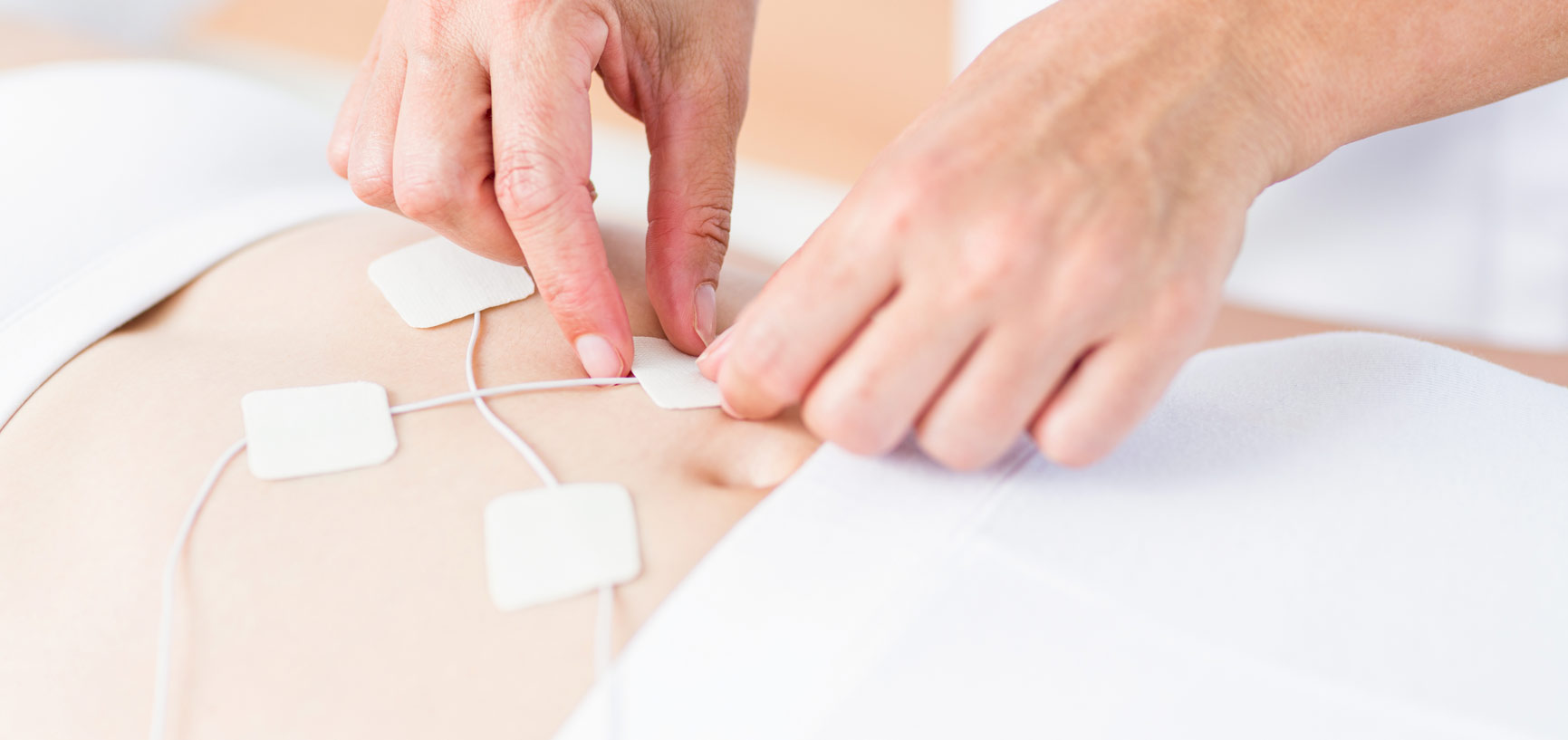Pain relief without medication? A growing number of companies are offering wearable “electrotherapy” devices for pain relief. While pain medications may dampen down the symptoms for many people, sufferers are always on the lookout for ways to calm their aches that don’t involve nasty side effects or a risk of dependence. If you’re living with long-term pain, there’s a good chance you’ve tried everything from deep breathing to acupuncture to get some relief but wearable devices may have escaped your radar. Intended as a supplement to pain management rather than a painkiller replacement, these devices use miniaturised electrostimulation to dull the aches and pain.
The science of these devices is fairly complex, but the basic theory is that stimulating specific nerves can activate a natural pain-relief process. At a molecular level, the pain centers within the brain release endogenous stimulants, that bind to receptors in the spinal cord leading to a reduction of pain signal transmission and therefore pain relief. The hope is that by wearing a painkilling device, you can cut your dosage and reduce your reliance on medication. And that by reducing inflammation and addressing nerve damage, they’ll give short term relief and induce long term recovery. Here is a look at two types of wearable therapies:
Transcutaneous Electric Nerve Stimulation – TENS
TENS technology has been around for years, but has only recently become available in mini wearable form. Many of the newer devices are worn on your calf, but treat pain anywhere…back, shoulder, knee…using electro-stimulation to provide relief through the body’s own internal painkillers. They are designed to be worn anytime you need the relief, which can vary from all times of the day to instances where pain may be more prominent. TENS are thought to work in two ways: When the electrical pulses are set to fast, the brain will be busy dealing with the messages from TENS and block the pain signals it receives from elsewhere. When the machine is set to slow, the body will be stimulated to make it’s own pain-easing chemicals called endorphins to block pain signals.
Pulsed Electromagnetic Field Technology – PEMF
PEMF is part of the electrotherapy family and uses directed pulsed magnetic fields rather than electrical currents, supposedly targeting pain at its root cause. The thought is that it may directly stimulate cellular repair and speed up bone fracture healing. Like TENS the PEMF devices have only recently become small enough to be wearable and used for less critical medical applications than fractures. The devices claim to help release the body’s natural endorphins, reduce pain, and promote increased range of motion. That by dilating blood vessels, they reduce inflammation and the increased oxygen rich blood flow promotes muscle recovery.
When it comes to clinical studies, medical device makers have a clear advantage over pharmaceutical companies, which often have to spend years and tens of millions of dollars proving the safety and effectiveness of their drugs before they’re approved by the Food and Drug Administration. Device makers are held to a lower regulatory standard and approved for safety and not necessarily for efficacy. A significant disadvantage for device makers is that most are not covered by public or private health insurers – meaning patients have to pay for them out of pocket.
There isn’t enough quality scientific proof right now to state for sure that these therapies are a reliable and effective method of pain relief but anecdotal evidence is strong, and respectable medical trials suggest that they offer mild to moderate relief for some people, but not everyone.
Read more on Neuro Devices: http://naturalpainrelief.org/neuro-e-stim-devices/
Who is NaturalPainRelief.com and Why Do We Exist?
The research and editorial teams at NaturalPainRelief.com are committed to helping those suffering from pain to find alternative science-based solutions free from addictive drug treatments and invasive procedures.



